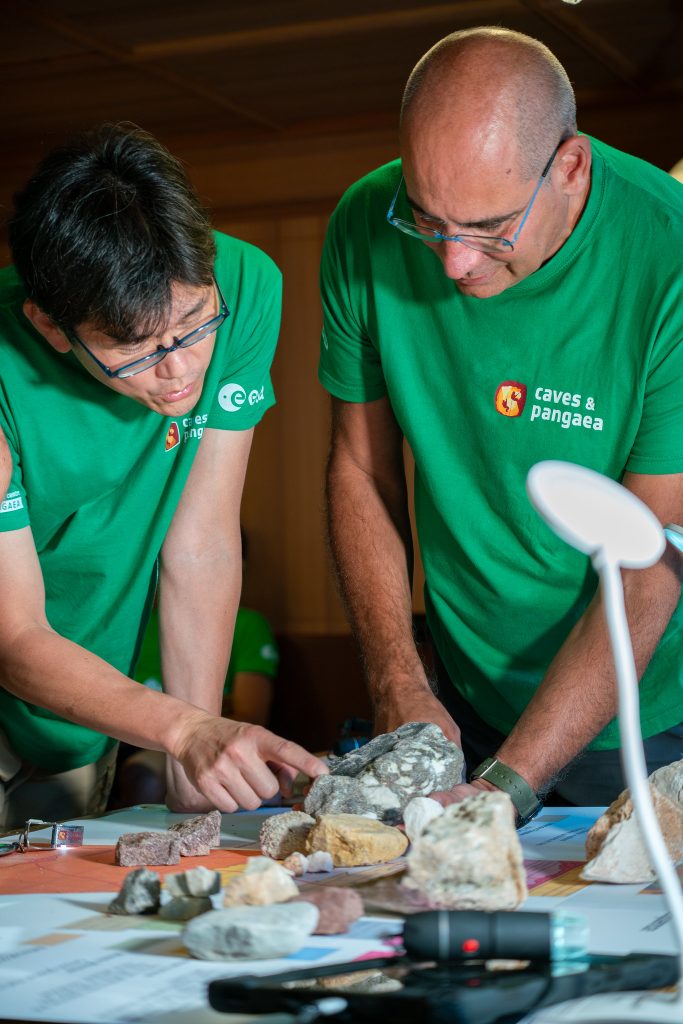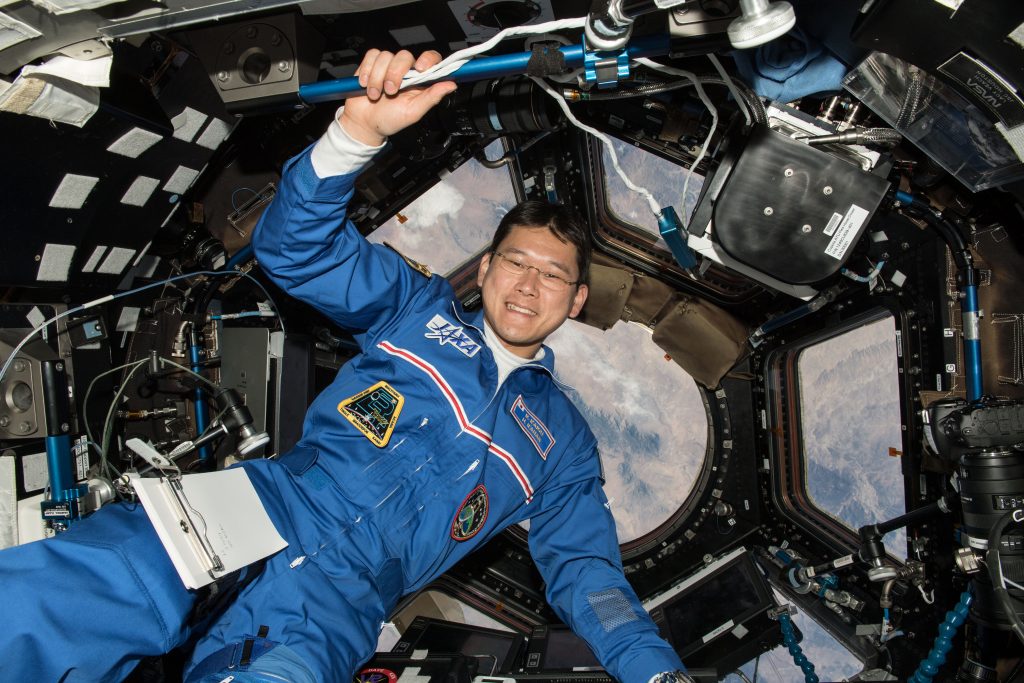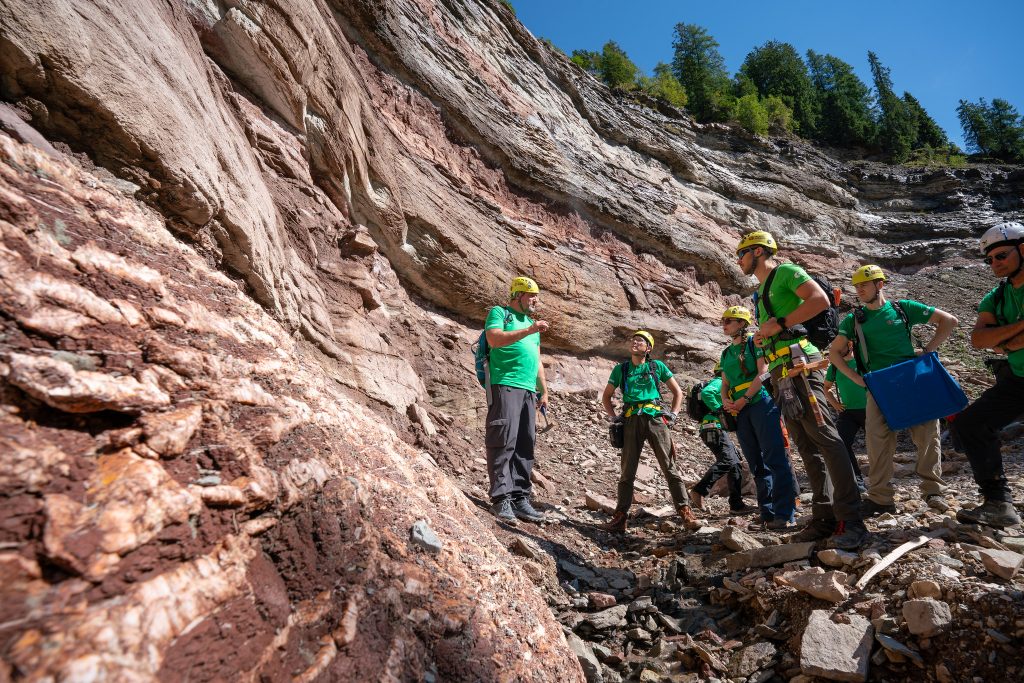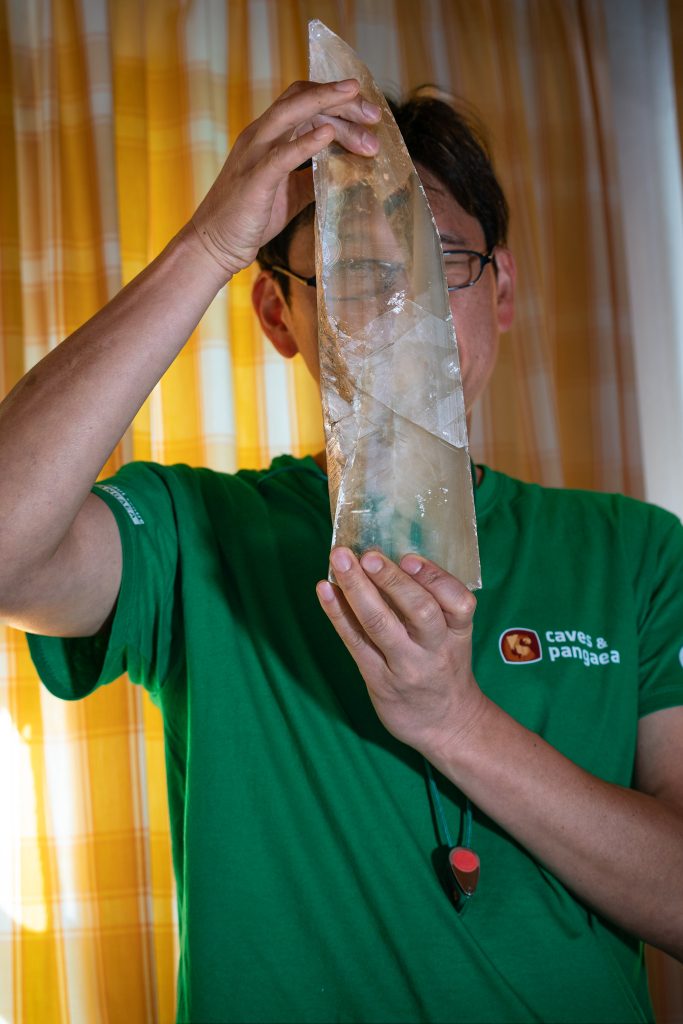Yet the medical doctor and astronaut was never interested in the seemingly static nature of rocks.
The Japanese astronaut, also known by the call sign ‘Nemo’, joined the seventh PANGAEA edition eager to find out what he was missing, to gather more knowledge and face new challenges. To his surprise, he found himself time travelling and dreaming of collecting samples on the Moon.

The PANGAEA effect – when rocks come alive
Just one week into the course, Kanai is quick to acknowledge his transformation. “This training has changed me and the way I see the world,” he admits. “It has been a revelation to start considering rocks as almost living entities that are constantly evolving and telling us the history of Earth and other celestial bodies,” he adds.

The astronaut from Japan’s space agency JAXA has logged 168 days on the International Space Station, performed a spacewalk and operated the Station’s robotic arm as part of Expeditions 54 and 55 in 2018. He also spent nine days on the Aquarius underwater base for NASA’s NEEMO expedition in 2019 and six days exploring the underground during ESA’s CAVES adventure in 2011.
“I still remember looking at Earth every day through the Cupola windows, and being fascinated about how diverse and changing our planet is,” he recalls.

“If I had the chance to return to the Space Station, I will probably have a better understanding of the landscapes I see from above and the processes changing the shape of Earth in real time. I hope to share my excitement and curiosity with the younger generations,” says Kanai.
Detective work
PANGAEA encourages participants to work together. Kanai is partnering with ESA astronaut Rosemary Coogan and Arnaud Prost, member of the ESA astronaut reserve. “Each of us has different skills, personalities and backgrounds, but here we all become detectives looking for hints and hidden treasures,” explains Kanai.
Layer by layer, the crew deciphers the formation of the Bletterbach canyon and the history of striking mountains of the Italian Dolomites region.

“Training to improve astronauts’ geological knowledge can feel like time travel,” Kanai posted on X during the first days of training. “It is like reading a history book, travelling to the past and coming back to the present time,” he adds.
His newfound appreciation for rocks is still connected to life. A highlight of his early field expeditions was finding a beautiful reptile fossil print in limestone – an ancient lizard precursor of the dinosaurs that might make it to the Geoparc Bletterbach museum.

Feet on Earth, head on the Moon
Kanai is currently providing support to other Japanese astronauts and acting as an interface on the ground for astronauts operating the Kibo module on the International Space Station.
Yet he keeps the Moon in sight and has a new dream. “I wish for someone from the PANGAEA course to make significant geological discoveries on the lunar surface. That would be, for me or my colleagues, the best outcome of this training,” he concludes.


Discussion: no comments